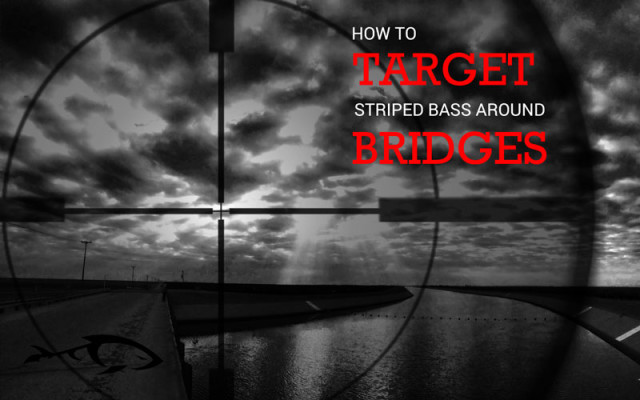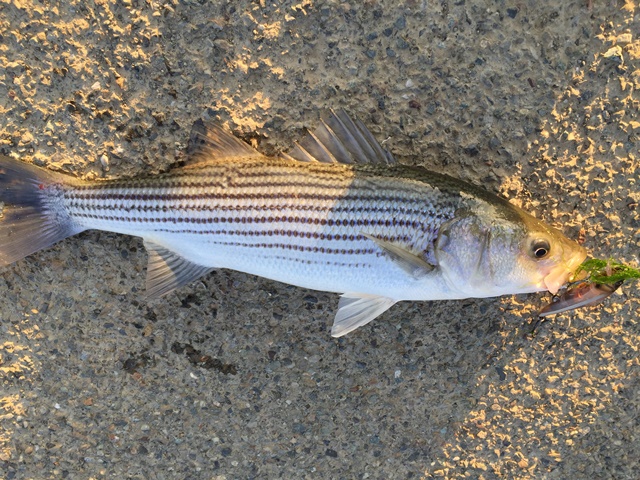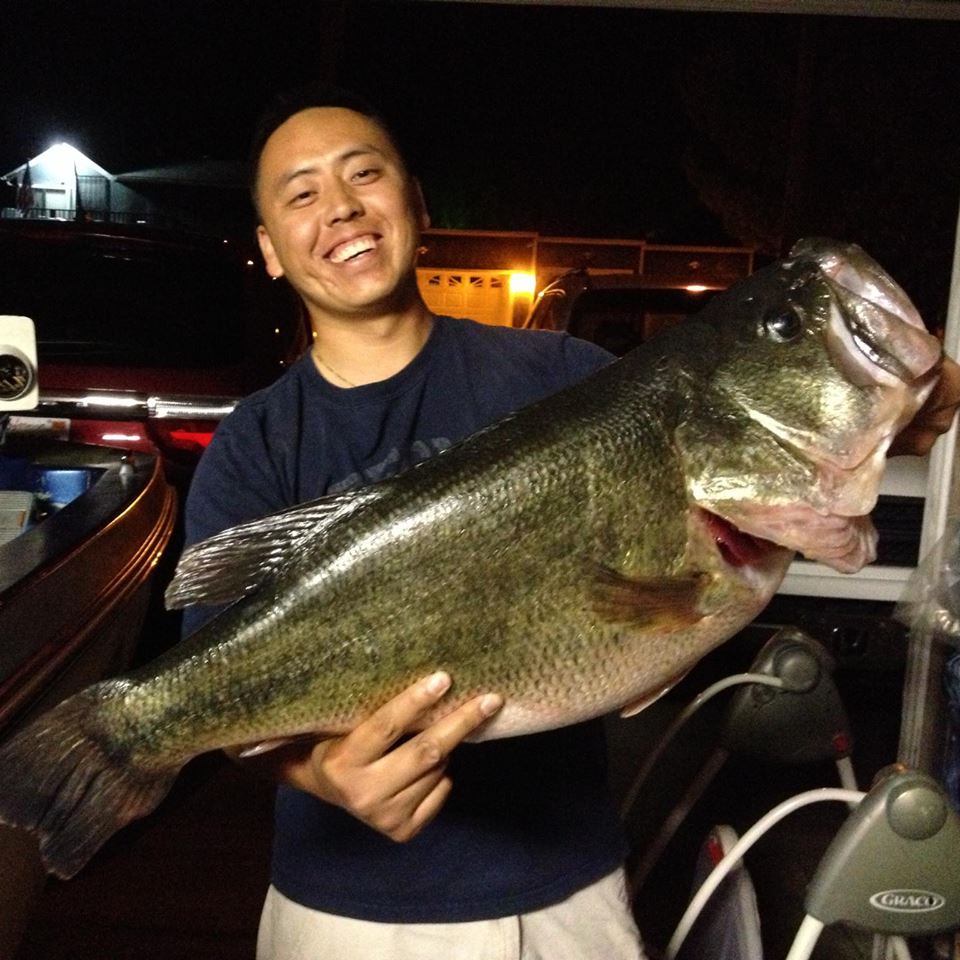
How To Target Striped Bass Around Bridges
Know your prey.
You know, I’m fascinated how the animal kingdom works. Take the African Serengeti for example.
I was watching a youtube clip of a pack of lions in the process of hunting the other day. The lioness will break into teams. One team starts at one end of the heard, while the others wait in ambush. Then as if on cue, they’ll chase the gazelle right into the lions waiting in ambush.
They’ll single out the young or sick gazelles for an easy target. Then as soon as the hunt begins, it ends as well. It happens quickly. It’s a great system that’s worked for generations of lions.
Why? Because they know their prey.
They know that the gazelle can out run, out maneuver them. So why bother chasing them head on. A gazelles first instinct when it senses danger is to take flight. If they see danger running at them in full speed, they’ll run in the opposite direction.
So, the lions can predict this and have a team already waiting to intercept these fleeing gazelle. They also know the weaker and younger gazelles will be more vulnerable and make for an easier meal.
Lions know their prey and react accordingly.
So do you know your prey? If you look at the biology of the striped bass, it’s a predator. All predators have evolved to find prey and kill it.
Stripers have lateral lines that allow them to detect bait fish. They have a heightened sense of smell too. They have huge bulging eyes to search for prey while they’re cruising along.
Stripers are killers and all killers have habits. One such habit is their sensitivity to light.
Have you ever fished at night before and you can hear the fish chasing bait up against the banks but your buddy decides to turn on his headlamp right at the waters edge. Then just like that, the entire shoreline goes quiet and activity seems to cease. Stripers are sensitive to light and they will adjust to the situation.
How do you use this to your advantage? We all know that the ideal times to fish for stripers are in the early morning hours or nearing sunset. Why? Because it gives ideal lighting conditions for them. Just enough lighting to hide in and just enough lighting to hunt.
So, in the noon hours, they have two options. Go deeper into the water column or take cover in whatever shade it can find.
At the California Aqueduct, most of the waterway is void of actual structure and cover. So ideally, most fish will stay deeper in the water column during the noon hours.
Every few miles or so, you’ll encounter bridges or some form of structure that rests over the aqueduct. These places are ideal for concentrating stripers into one location. Sometimes a whole school will congregate here for cover. They’ll take cover from the sun and use it as cover to ambush unsuspecting prey.
Another reason why these locations work so well is because they can concentrate bait fish. During the summer months, the weed growth along the canal wall provides cover for many bait fish. As fall and winter approaches, the weeds die off and the bait fish lose their safe haven.
One option bait fish have is to go deeper in the water column or take cover next to structure. All bridges have pylons supporting them. Bait fish will congregate around these pylons for cover. Where you find bait fish, stripers are sure to follow.
How to fish bridges
What I like to do is, cast as close as I can to where the shade of the bridge meets sunlight and then work my way closer to the bridge pylons with each cast. Usually, your first few casts will tell you if they are actively feeding or not. You’ll see them chasing your lure or even hook into one.
I like to start out with jerkbaits such as SpeedLures, Duos or Luckycrafts. A steady retrieve with a quick jerk of the rod tip sometimes will entice them to bite. You’ll have to try different retrieve patterns and let the fish tell you what they want that day.

An OSP Bent Minnow will work as well near bridges. If you want to learn more about that lure, you can check it out HERE.
A weightless fluke fished like a jerkbait works too. To achieve this, simply twitch the rod tip once or twice then let the fluke sink a foot or two under water and repeat the process all the way back.
The fluke is one of the most versatile baits to fish. You can fish them subsurface, quickly or on the bottom.
Keep Moving
You’ll hear this often from seasoned anglers that fish the California Aqueduct. When the fish aren’t biting, keep moving. The saying holds true for bridges as well.
If one location isn’t working, try the next bridge. Sometimes the more isolated the bridges are from other man made structure, the more likely stripers will be hanging out there.
Fish one area for active fish by using reaction lures like jerkbaits. Pay attention to your retrieve and how fast you’re bringing in your lure.
I’ve found stripers to be the pickiest eaters when they aren’t actively feeding. You have to match their mood sometimes. Atleast that’s how I feel when I’m fishing for them.
In the early morning hours, I’ll find them more active and a faster retrieve seems to do the trick. Late in the morning to afternoon hours, a steady or slower retrieve usually works better.
Stripers are very unpredictable so you’ll have to let them tell you what to do. Every bite, contact or catch is a clear indication that you’re doing something that’s of interest to them and this requires time and patience.
To see how effective fishing bridges can be sometimes, watch as I hook into a few stripers at the California Aqueduct.
Know your prey. They have habits just like you. Just like in our cavemen days. We were endurance animals. We knew if we tracked an animal long enough, eventually we would wear them down. They’ll simply die from exhaustion. We knew this. We weren’t the quickest or strongest animals but we knew our prey.
It’s important to make note of each catch and the conditions that day. Knowing your prey is key to catching fish consistently. It’s the human thing to do.
Sign up for the FishAholics Newsletter and see how you can land yourself a trophy largemouth bass. [mc4wp_form]

